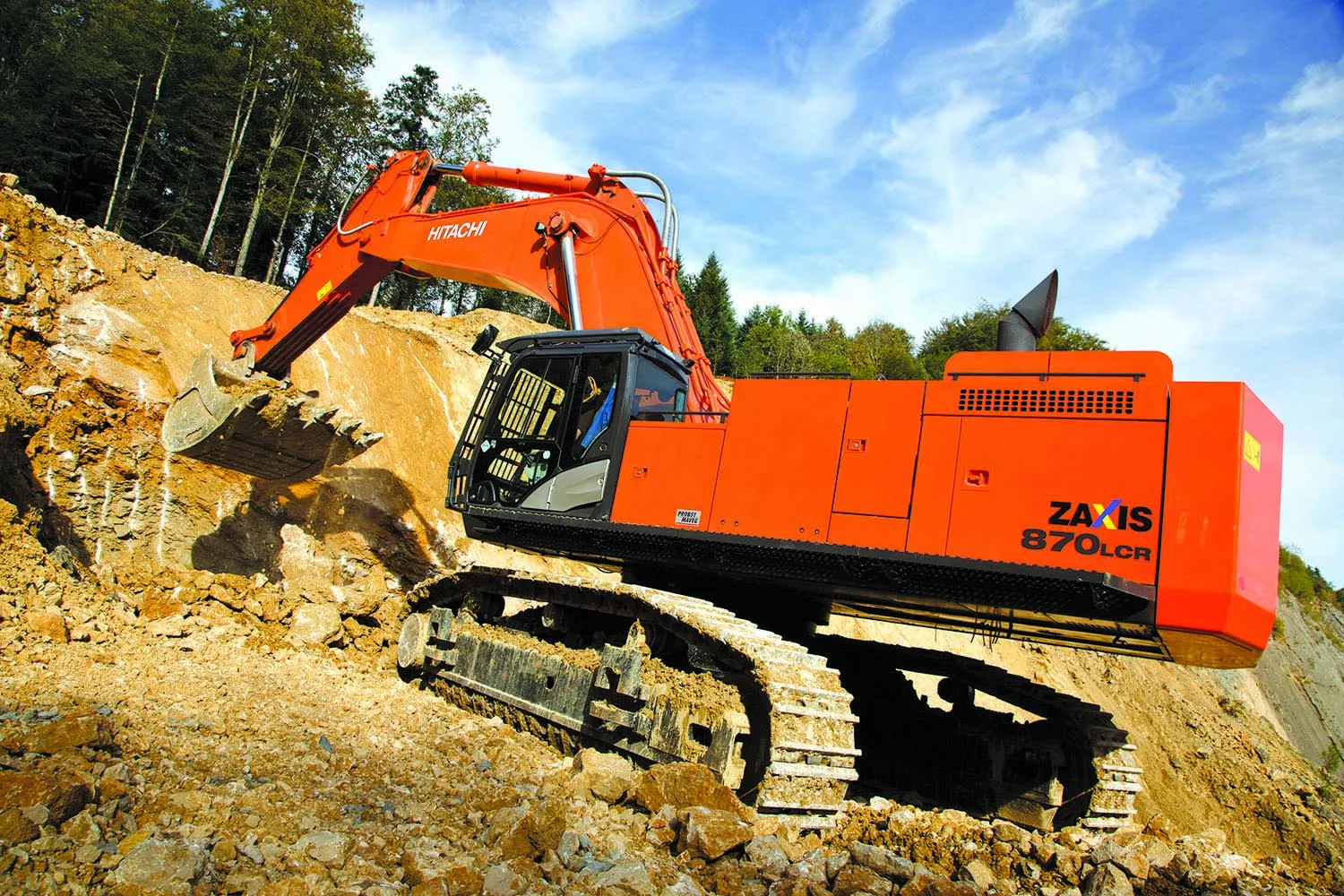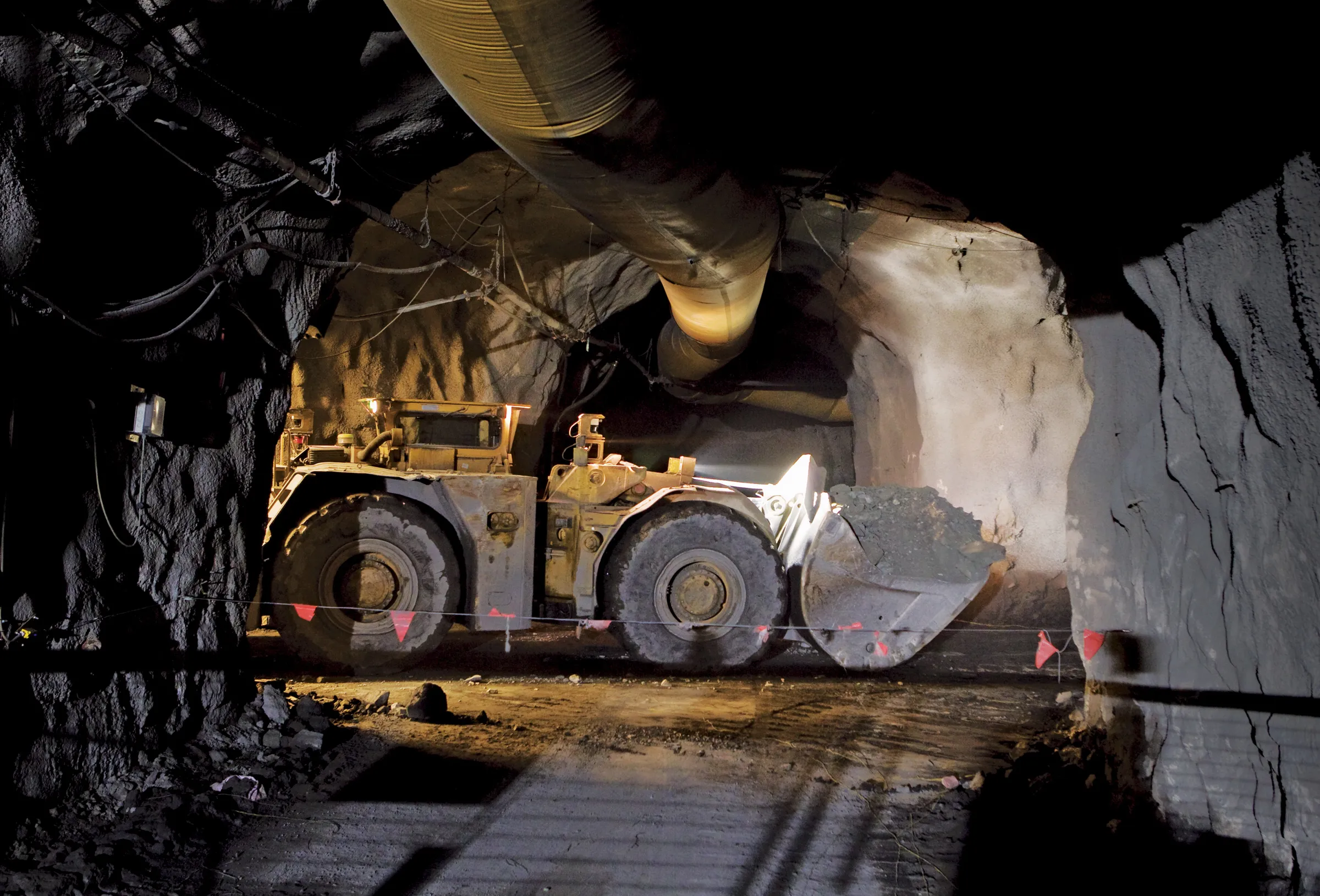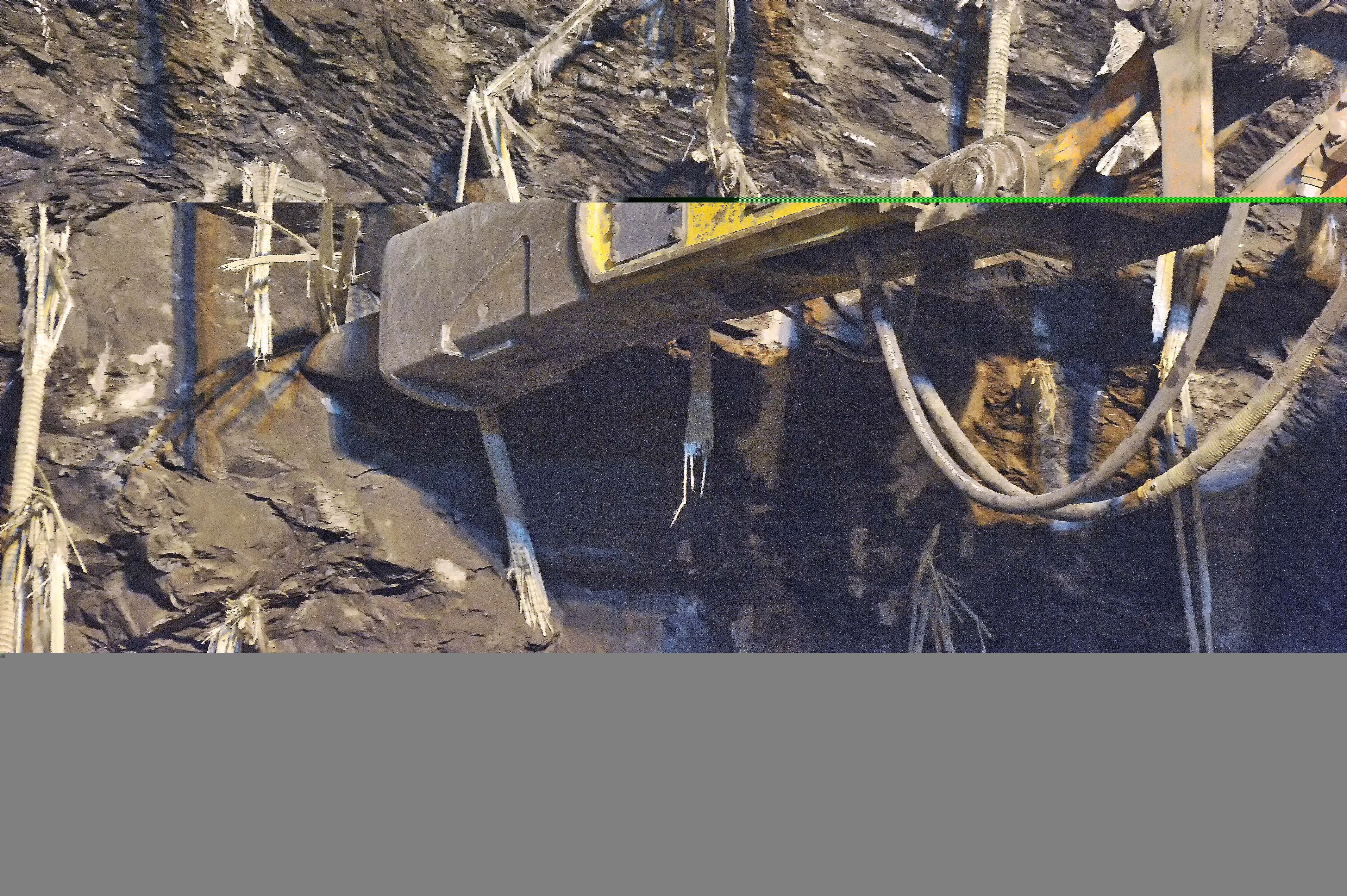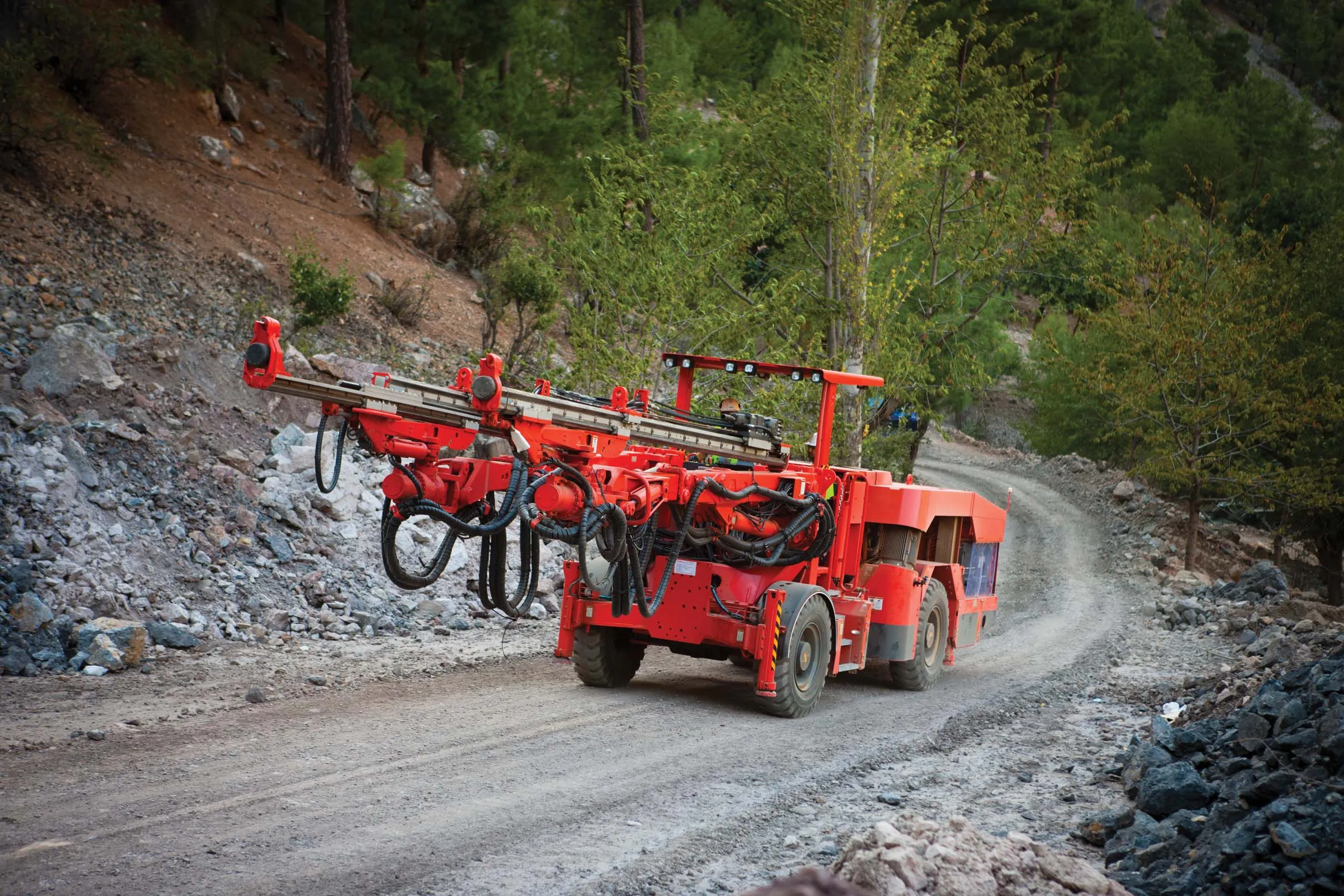A new Hitachi ZX870LCR-5 owned by Swiss company Lachat is making a significant impact on the production process at the Asuel La Malcôte quarry in the canton of Jura.
The large Zaxis-5 excavator is excavating a mixture of marlstone and limestone materials in a much cleaner way than before, as well as helping to sanitise the relatively unstable site.
Lachat, founded in 1948 and taken over by the Steiner Group in June 2013, has 42 employees working in quarrying, recycling and the production of aggregates
May 1, 2015
Read time: 3 mins

A new Hitachi ZX870LCR-5 owned by Swiss company Lachat is making a significant impact on the production process at the Asuel La Malcôte quarry in the canton of Jura.
The large Zaxis-5 excavator is excavating a mixture of marlstone and limestone materials in a much cleaner way than before, as well as helping to sanitise the relatively unstable site.
Lachat, founded in 1948 and taken over by the Steiner Group in June 2013, has 42 employees working in quarrying, recycling and the production of aggregates, bitumen and concrete. It supplies materials only to the Swiss market and its customers range from large groups, such as Colas and Marti Construction, to local building firms.
The ZX870LCR-5 was delivered to Lachat by Swiss233 Hitachi dealer Probst Maveg in July last year.
The steep terrain at Asuel La Malcôte demands a highly durable machine, such as the ZX870LCR-5. Hitachi’s R series has reinforced components and added protection to strengthen the undercarriage and front attachment specifically for the quarrying sector’s requirement to handle hard and abrasive materials.
The machine is to clear an 8m layer of better quality limestone-based materials away from the face of the rock to reveal 10m of spoil (marlstone). The machine loads two articulated dump trucks with its 4.5m3 rock bucket at a rate of up to 300tonnes per hour, depending on the level of demand.
Lachat’s priority is to sanitise the site and modernise the quarrying process. The plan is that it will eventually resemble a regular quarry after removing these layers with benches, with ecologically sound practices in place to encourage the natural habitat.
“Our new production method uses the ZX870LCR-5 to extract, separate and sort the materials,” said Yvan Ryser, Lachat’s general manager. “The machine’s biggest challenge is how to select the usable materials from the mix of stone. We used to blast the rock, but that meant that the stone was difficult to sort and this issue is more important to us than the actual amount of materials moved.”
Christophe Seghin has been an operator for 15 years and he was hired specifically to work with Lachat’s largest excavator. “This machine is faster than the other similar-sized machines that I’ve worked with,” he says. “The biggest benefit for me is its strength and power, which enables me to work more productively and yet it’s also stable and precise for the selection of materials,” Seghin said.
“There’s lots of room in the cab and it’s comfortable, especially with the adjustable seat as I’m 193cm tall,” he said. Routine maintenance checks are also easy for all of the necessary consumable parts and other components.
The large Zaxis-5 excavator is excavating a mixture of marlstone and limestone materials in a much cleaner way than before, as well as helping to sanitise the relatively unstable site.
Lachat, founded in 1948 and taken over by the Steiner Group in June 2013, has 42 employees working in quarrying, recycling and the production of aggregates, bitumen and concrete. It supplies materials only to the Swiss market and its customers range from large groups, such as Colas and Marti Construction, to local building firms.
The ZX870LCR-5 was delivered to Lachat by Swiss
The steep terrain at Asuel La Malcôte demands a highly durable machine, such as the ZX870LCR-5. Hitachi’s R series has reinforced components and added protection to strengthen the undercarriage and front attachment specifically for the quarrying sector’s requirement to handle hard and abrasive materials.
The machine is to clear an 8m layer of better quality limestone-based materials away from the face of the rock to reveal 10m of spoil (marlstone). The machine loads two articulated dump trucks with its 4.5m3 rock bucket at a rate of up to 300tonnes per hour, depending on the level of demand.
Lachat’s priority is to sanitise the site and modernise the quarrying process. The plan is that it will eventually resemble a regular quarry after removing these layers with benches, with ecologically sound practices in place to encourage the natural habitat.
“Our new production method uses the ZX870LCR-5 to extract, separate and sort the materials,” said Yvan Ryser, Lachat’s general manager. “The machine’s biggest challenge is how to select the usable materials from the mix of stone. We used to blast the rock, but that meant that the stone was difficult to sort and this issue is more important to us than the actual amount of materials moved.”
Christophe Seghin has been an operator for 15 years and he was hired specifically to work with Lachat’s largest excavator. “This machine is faster than the other similar-sized machines that I’ve worked with,” he says. “The biggest benefit for me is its strength and power, which enables me to work more productively and yet it’s also stable and precise for the selection of materials,” Seghin said.
“There’s lots of room in the cab and it’s comfortable, especially with the adjustable seat as I’m 193cm tall,” he said. Routine maintenance checks are also easy for all of the necessary consumable parts and other components.









